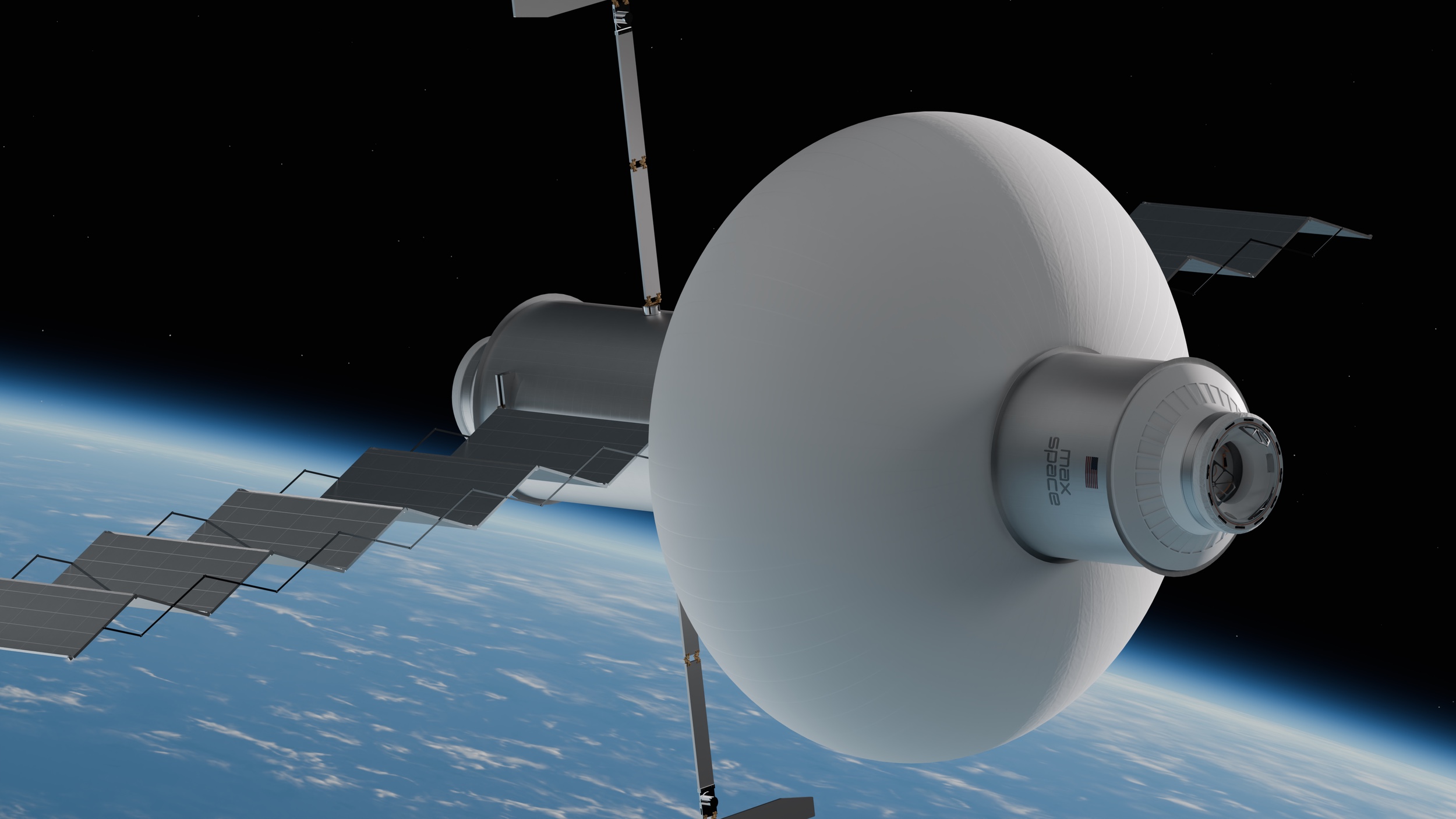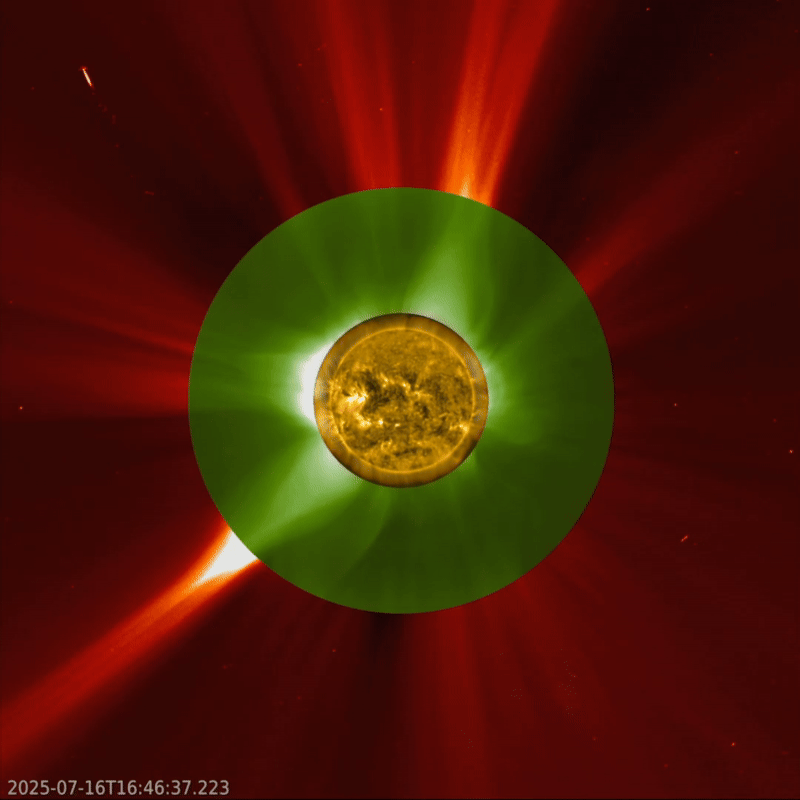- Decaying dark matter: Unidentified X-ray emission lines in galaxy cluster spectra may point the way Phys.org
- Neutrino observatories show promise for detecting light dark matter Phys.org
- Is This the Moment? Scientists Detect a Signal That Might Be…
Category: 7. Science
-
Decaying dark matter: Unidentified X-ray emission lines in galaxy cluster spectra may point the way – Phys.org
-

The year in review: MSU experts, top headlines of 2025 | MSUToday
From a new presidential administration and consequential tariffs to devastating wildfires and a new comet, to pop culture news and continued international conflict, faculty experts at Michigan State University offered thoughtful, research-based…
Continue Reading
-

Fragment Based Drug Discovery by MST Targeting Klebsiella pneumoniae a
Introduction
The 2-C-methyl-D-erythritol 4-phosphate (MEP) (Figure 1) pathway is a metabolic route that converts glyceraldehyde 3-phosphate (G3P) and pyruvate into the universal isoprenoid precursors isopentenyl diphosphate (IDP) and…
Continue Reading
-

Crewed Russian spacecraft meets up with ISS photo of the day for Dec. 17, 2025
Suspended above the Mediterranean Sea, Russia’s Soyuz MS-28 spacecraft made its final approach to the International Space Station (ISS) on Nov. 27, 2025, the same day it launched from Earth. Not only did Soyuz MS-28 carry three new crew members…
Continue Reading
-

Max Space unveils plans for commercial space station
WASHINGTON — Max Space, a startup developing expandable module technologies, plans to build a commercial space station that could launch on a single Falcon 9 rocket.
The company unveiled plans Dec. 17 for Thunderbird Station, a space…
Continue Reading
-

Multicolor fluorescent tagging enables real-time visualization of RNA in living cells
An innovative three-color method for capturing images of mRNA inside live mammalian cells has been developed by UMass Amherst chemists. Because RNA is both incredibly important to human life and health and poorly understood, the…
Continue Reading
-

Proba-3 fills the solar observation gap
Enabling & Support 17/12/2025
6 views
0 likesIt has been a busy year for the European Space Agency’s Proba-3 mission. The satellite duo has already created more than 50 artificial solar eclipses…
Continue Reading
-

Crystal Clusters Contain Clues to Magma’s Past and Future Eruptions
It’s now become easier to forecast the next eruption of Alaska’s Bogoslof volcano.
New research led by Pavel Izbekov, a volcanologist at the Alaska Volcano Observatory, is applying the foundations of diffusion chronometry—the…
Continue Reading
-

Climate Modeling for Communities, with Communities
Source: AGU Advances
Earth system models offer insight into how climate change will affect communities. But residents of those communities are rarely consulted on the design and deployment of these models, which can lead to the models…
Continue Reading
-
A built-in odometer: new study reveals how the brain measures distance
In brief:
Whether you are heading to bed or seeking a midnight snack, you don’t need to turn on the lights to know where you are as you walk through your house at night. This hidden…
Continue Reading